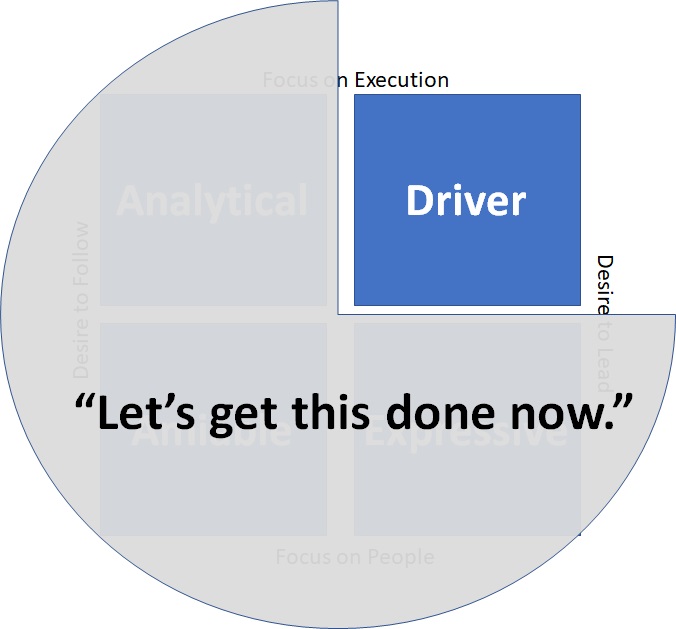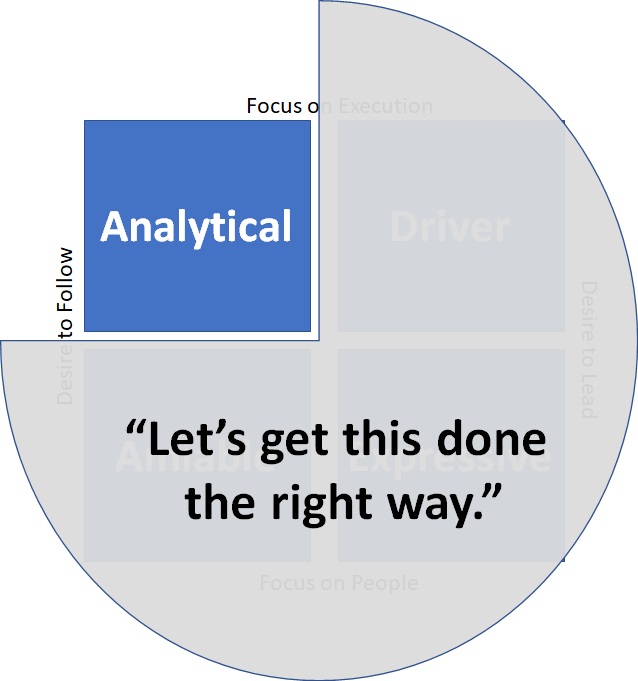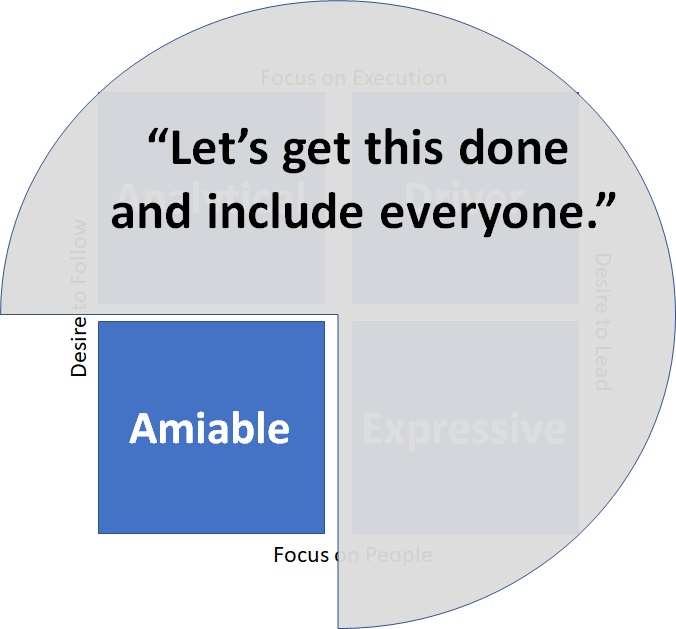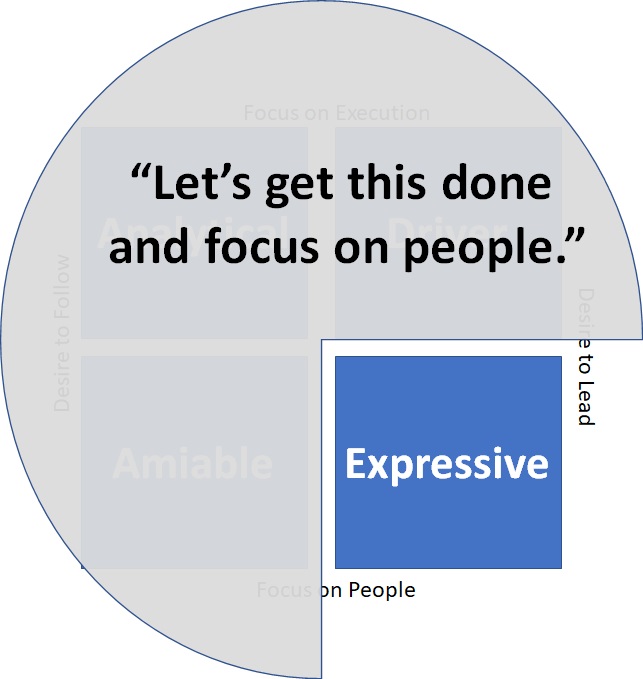Are you trying to grow exceptional teams? Are you tired of building teams only to be told to focus on identifying their weaknesses? Are you done running uphill trying to improve areas where teams naturally suck? I’m going to provide some insights on how to turn around team performance.
Hi, I’m Peter Nichol, Data Science CIO.
One of the first things we learn as leaders is to focus on areas where we have a weakness. We’re told about this from teachers and advisors starting when we’re young. Ultimately, whether you’re talking about your resume, job performance, or job opportunities, the discussion always seems to start by identifying areas where you’re weak and require improvement. Fortunately, I don’t buy into this theory. Focusing on your weaknesses won’t help you grow. It also doesn’t always empower your team.
My theory of growing and building teams centers around optimizing and maximizing their strengths. I look for strengths in individuals and match them to opportunities within my team, departments, and organization. This approach allows resources to excel by embracing their strengths and amplifying areas where they’re naturally already good.
A book came out from the Gallup Institute a while back called StrengthsFinder 2.0. This book provides a great starting point for leaders interested in applying a similar approach of focusing on what’s already good in their team.
Essentially, Gallup collected data from 2 million surveys, and they began to get an excellent understanding of people’s natural strengths. As a result of their research, they came up with 34 different themes, which are categorized below.
Strategic Thinking
- Analytical
- Context
- Futuristic
- Ideation
- Input
- Intellection
- Learner
- Strategic
Influencing
- Activator
- Command
- Communication
- Competition
- Maximizer
- Self-assurance
- Significance
- Woo
Relationship Building
- Adaptability
- Connectedness
- Developer
- Empathy
- Harmony
- Includer
- Individualization
- Positivity
- Relator
Executing
- Achiever
- Arranger
- Belief
- Consistency
- Deliberative
- Discipline
- Focus
- Responsibility
- Restorative
By purchasing the book for your team, each member can take this survey and generate their top five strengths, listing them in order of most significant or most dominant. You might be thinking that you’ll probably have the same strengths as others on your team. However, that’s unlikely to be the case with over 34 million combinations based on the priority order of five strengths.
After your team takes the survey and identifies their strengths, plot those strengths into quartiles. This exercise is fascinating, as it offers insights into where the team is most substantial. Peter Drucker has a famous quote that says, “If you ask most Americans about their strengths, they look at you with a blank stare because they don’t know or they provide some subject background.” For example, “I’m knowledgeable in accounting.” But that’s not a strength. What’s interesting about StrengthsFinder 2.0 is that this model allows your teams to flip their paradigm from focusing on areas of weakness to focusing on areas where they’re good and potentially significant.
It’s essential, as you build a team, to identify each individual’s strengths. By definition, when you identify the team’s strengths, you’re also defining your team’s capabilities. This affords you, as a leader, the ability to align individuals to roles where their strengths become most dominant and are most impactful.
The StrengthsFinder 2.0 exercise identifies many great themes or strengths that already live within teams. For example, the Maximizer theme is a strength in which that individual enjoys going from good to great. They aren’t going to enjoy standing up a process from scratch, but they love optimizing it.
The Learning theme is another kind of strength. In this case, the individual is drawn to learning and acquiring knowledge before others have that information. They’re often the first to volunteer for new challenges and are willing to step into areas they initially don’t understand.
The Intellectual theme dials into the strength where an individual is fascinated by understanding the details and the small nuances of some engineering marvel or scientific invention. Each of these themes is unique, and each can unify and transform teams from average to world-class!
By leveraging your team’s strengths and not focusing on the weaknesses, leaders can optimize performance and allow teams to perform at their best. Isn’t our goal as a leader to create conditions that enable our teams to unlock their potential and perform at their very best?
If you found this video helpful, that’s great! Check out my books, Think Lead Disrupt and Leading with Value. They just came out early in 2021 and both are available on www.datsciencecio.com.
Hi, I’m Peter Nichol, Data Science CIO. Have a great day!














